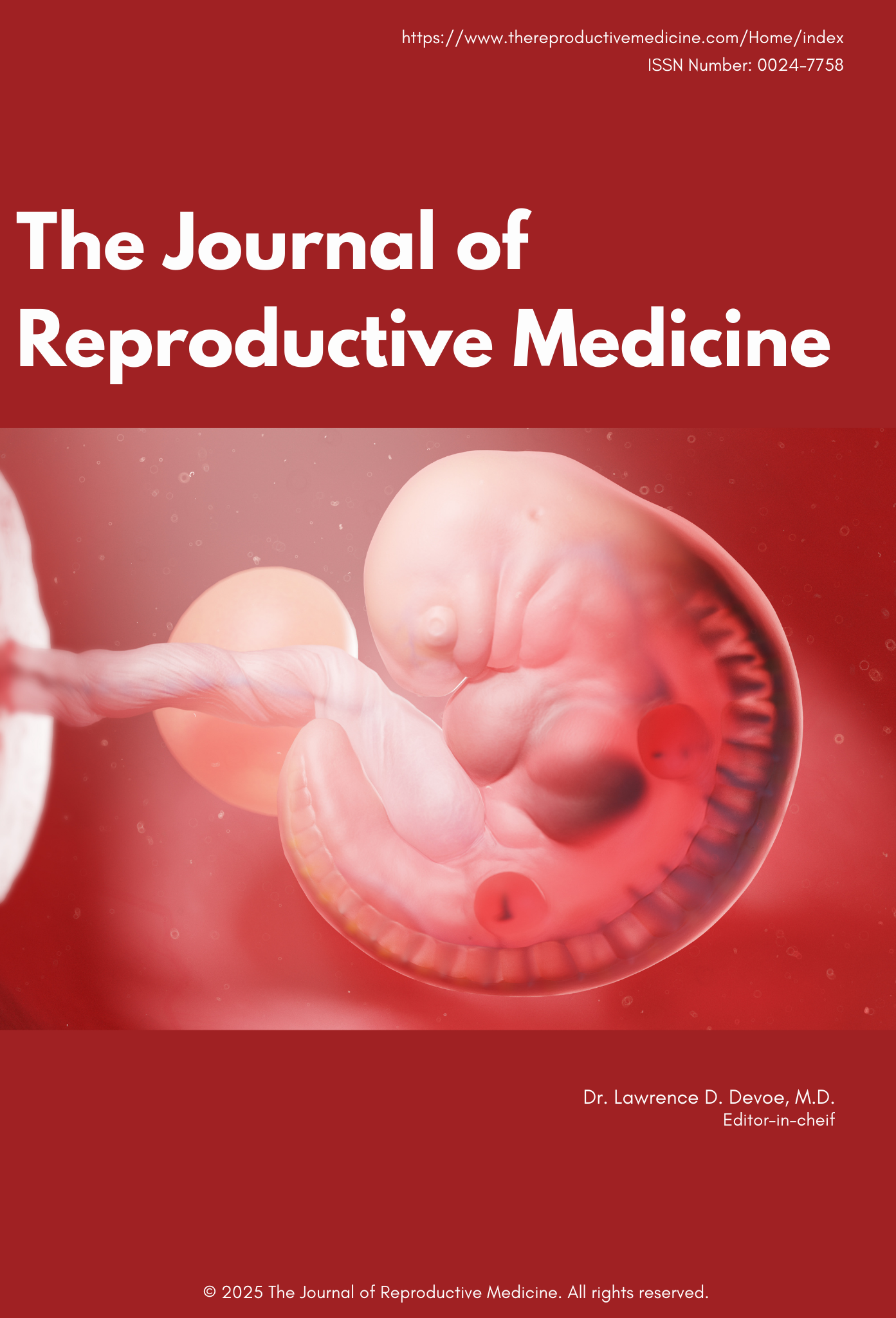Analysis of the Co-Pro-Cancer Mechanism of BAZ1A and BAZ2A in Cervical Cancer
Abstract
Background: Through transcriptome sequencing, the common mechanism of BAZ1A and BAZ2A in promoting cancer in cervical cancer was discussed
Methods: The "DESeq2" package was used to screen Different Expression Genes (DEGs) in BAZ1A group and DEGs in BAZ2A group in the transcriptome sequencing results of cervical cancer. The intersection of DEGs of BAZ1A group and DEGs of BAZ2A group was used to obtain the common DEGs. Enrichment and analysis of GO (Gene Ontology), KEGG (Kyoto Encyclopedia of Genes and Genomes), and PPI networks were performed on three groups, and the core genes in each group of DEGs were screened
Results: There were 5662 DEGs in BAZ1A group and 6825 DEGs in BAZ2A in cervical cancer, with a total of 4147 DEGs. DEGs in BAZ1A and BAZ2A were significantly enriched in GO items including cell growth, cell migration, and apoptosis. The KEGG enrichment pathways of the three involve the cancer pathway, AMPK signaling pathway, mTOR signaling pathway, etc. PPI network analysis showed that TNF was the core gene of BAZ1A group, CD44 was the core gene of BAZ2A group and DEGs group.
Conclusion: In cervical cancer, both BAZ1A and BAZ2A can affect the development of cervical cancer through cell proliferation, cell differentiation, cell migration, immune response and energy metabolism.






